We put the Vivo X90 Pro through our rigorous DXOMARK Camera test suite to measure its performance in photo, video, and zoom quality from an end-user perspective. This article breaks down how the device fared in a variety of tests and several common use cases and is intended to highlight the most important results of our testing with an extract of the captured data.
Overview
Key camera specifications:
- Primary: 50.3MP 1/00″ sensor, 1.6 μm pixels, f/1.8 aperture lens,Dual Pixel PDAF, OIS
- Ultra-wide: 12 MP, f/2.0 aperture lens, 108˚ field of view, AF
- Tele: 50 MP 1/2.4″ sensor, 0.7µm pixels, f/1.6 aperture lens, OIS
- Video: 8K, 4K at 60/30fps, 1080p at 60/30fps
Scoring
Sub-scores and attributes included in the calculations of the global score.
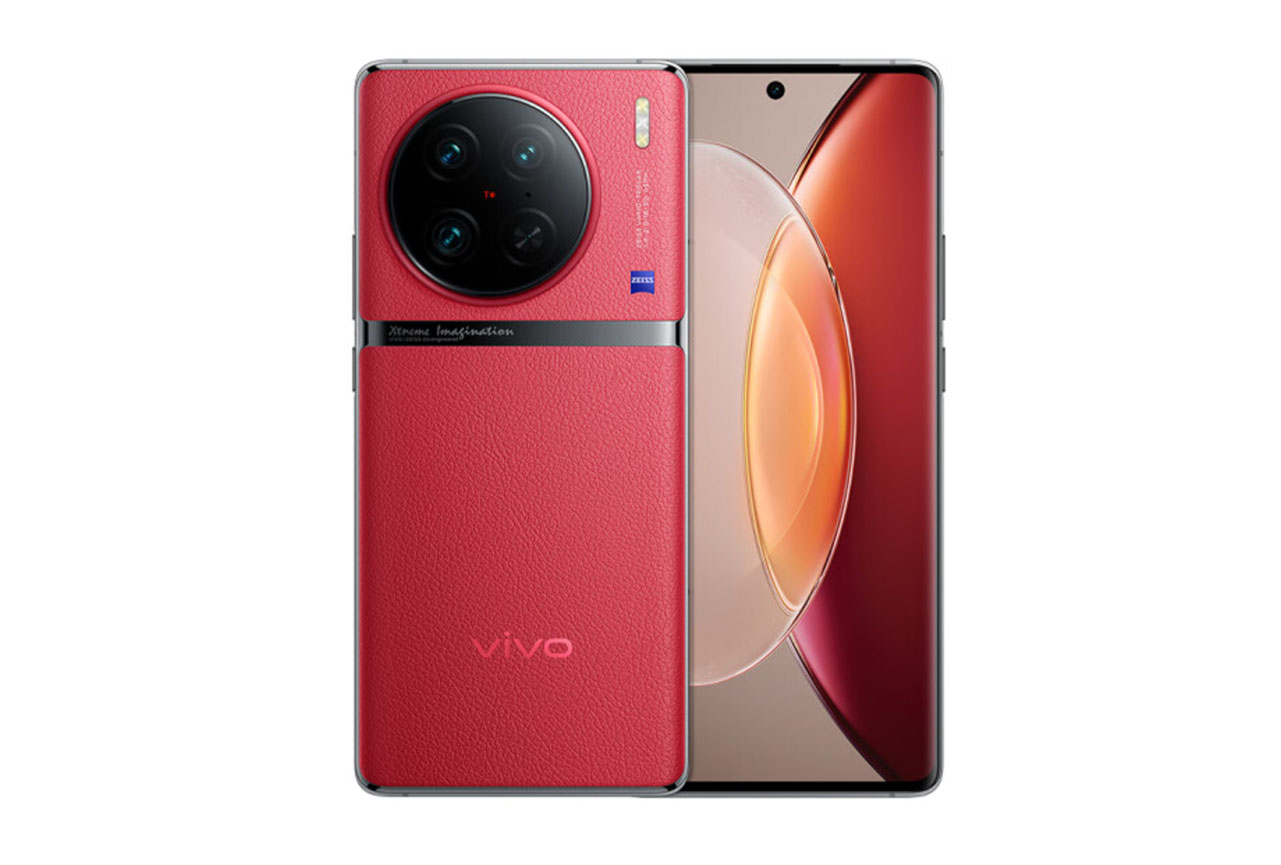
Vivo X90 Pro


Use cases & Conditions
Use case scores indicate the product performance in specific situations. They are not included in the overall score calculations.
Outdoor
Photos & videos shot in bright light conditions (≥1000 lux)
Indoor
Photos & videos shot in good lighting conditions (≥100lux)
Lowlight
Photos & videos shot in low lighting conditions (<100 lux)
Friends & Family
Portrait and group photo & videos
 49th
49th 40th
40thPros
- High-quality images across the entire zoom range
- Good exposure and wide dynamic range in photo and video
- Good detail in outdoor portraits
- Well-controlled noise in videos
- Effective video stabilization
Cons
The Vivo X90 Pro takes good advantage of its 1-inch main camera sensor when it comes to photo performance. The camera showed good results in the texture/noise tradeoff in photo, with a good level of details as well as low noise level even down to low light. But when shooting backlit scenes, our tests showed that denoising might not always be efficient.
The Vivo X90 Pro’s other strength was its exposure performance, where it managed to recover details in both shadows and highlights thanks to its wide dynamic range. But the camera struggled with backlit scenes here too, with local tone mapping issues that led to low contrast on the face.
One main drawback to the photo-taking experience was not only the time it would take for the main camera to autofocus, but also the occasional failure to focus.
The camera provided a rich experience when taking videos, with good stabilization as well as generally accurate exposure. But focus instabilities and slight exposure adaptation issues were sometimes noticeable.
In many areas, the Vivo X90 Pro’s camera performance came close to the more powerful Vivo X90 Pro+ version. But there were some noticeable differences that could be partly attributed to the different chipsets in the models. (The X90 Pro is equipped with a MediaTek processor, while the X90 Pro+ contains Qualcomm’s Snapdragon processor).
For example, even though the Vivo X90 Pro kept image noise levels well under control, they were still higher than on the X90 Pro+, and a few unwanted image artifacts were sometimes noticeable. However, the X90 Pro’s photo results were especially impressive in night cityscape images.
In terms of zoom performance, the X90 Pro’s combination of a primary camera with ultra-wide and dedicated tele modules resulted in good image quality from ultra-wide to medium range tele settings. However, when it came to the long range, the level of detail was rather low.
When taking videos, the X90 Pro’s camera produced stable exposure and color, while keeping video noise at very low levels and rendering nice textures. This made the X90 Pro’s videos look more natural videos than the X90 Pro+’s videos.
Test summary
About DXOMARK Camera tests: DXOMARK’s Camera evaluations take place in laboratories and in real-world situations using a wide variety of subjects. The scores rely on objective tests for which the results are calculated directly by measurement software on our laboratory setups, and on perceptual tests in which a sophisticated set of metrics allow a panel of image experts to compare aspects of image quality that require human judgment. Testing a smartphone involves a team of engineers and technicians for about a week. Photo, Zoom, and Video quality are scored separately and then combined into an Overall score for comparison among the cameras in different devices. For more information about the DXOMARK Camera protocol, click here. More details on smartphone camera scores are available here. The following section gathers key elements of DXOMARK’s exhaustive tests and analyses. Full performance evaluations are available upon request. Please contact us on how to receive a full report.
Photo
Vivo X90 Pro
169
For scoring and analysis, DXOMARK engineers capture and evaluate more than 2,600 test images both in controlled lab environments and in outdoor, indoor and low-light natural scenes, using the camera’s default settings. The photo protocol is designed to take into account the main use cases and is based on typical shooting scenarios, such as portraits, family, and landscape photography. The evaluation is performed by visually inspecting images against a reference of natural scenes, and by running objective measurements on images of charts captured in the lab under different lighting conditions from 1 to 1,000+ lux and color temperatures from 2,300K to 6,500K.
The Vivo X90 Pro performed very well in our Photo tests. Images were well exposed, even in low light. A wide dynamic range ensured good highlight and shadow detail and colors were nice, with a fairly neutral white balance. Outdoor portrait shots showed high levels of detail, and images were well under control in low light. The autofocus performed swiftly but in some situations, it lacked accuracy. Our testers also observed some unwanted image artifacts, including ghosting and unnatural rendering of textures in night portraits.

Exposure
Vivo X90 Pro
130
Exposure and color are the key attributes for technically good pictures. For exposure, the main attribute evaluated is the brightness of the main subject through various use cases such as landscape, portrait, or still life. Other factors evaluated are the contrast and the dynamic range, eg. the ability to render visible details in both bright and dark areas of the image. Repeatability is also important because it demonstrates the camera's ability to provide the same rendering when shooting several images of the same scene.
For color, the image quality attributes analyzed are skin-tone rendering, white balance, color shading, and repeatability. For color and skin tone rendering, we penalize unnatural colors but we respect a manufacturer's choice of color signature.
The Vivo X90 Pro’s exposure was accurate in most conditions and outperformed both the Vivo X80 Pro and the Samsung Galaxy S22 Ultra, especially in low light.

Color
Vivo X90 Pro
130
Colors were accurate in most conditions, and white balance was nice, despite some noticeable color casts, like in the sample below. Tone compression was noticeable on both the X90 Pro and the X90 Pro+, resulting in skin tones that were more unnatural than on the Huawei Mate 50 Pro. Unnatural skin tone rendering was often noticeable in backlit scenes. Under these kinds of conditions, the camera had trouble rendering the tones of the scene in a natural way.

Autofocus
Vivo X90 Pro
125
Autofocus tests concentrate on focus accuracy, focus repeatability, shooting time delay, and depth of field. Shooting delay is the difference between the time the user presses the capture button and the time the image is actually taken. It includes focusing speed and the capability of the device to capture images at the right time, what is called 'zero shutter lag' capability. Even if a shallow depth of field can be pleasant for a single-subject portrait or close-up shot, it can also be a problem in some specific conditions such as group portraits; Both situations are tested. Focus accuracy is also evaluated in all the real-life images taken, from infinity to close-up objects and in low light to outdoor conditions.
The autofocus on the X90 Pro is a major area that needs improvement. Our testers compared the Vivo against the Google Pixel 7 Pro in a natural test scene, where the photographer first focused on a point in the distance and then quickly moved the camera in order to capture a model at a closer distance. In the video, we can see capture time after triggering the shutter button was quite short for both devices, but on the Vivo, the autofocus failed.
The same behavior was also visible in our lab measurements where we frequently encountered out-of-focus shots. Compared with the Vivo X90 Pro+, it appears that the X90 Pro uses a different autofocus strategy. The X90 Pro tries to capture the subject as quickly as possible, even if the focus has not yet been locked completely. The X90 Pro+, on the other hand, takes longer to capture, waiting until full focus has been almost achieved. As can be seen in the video above, the Pixel 7 Pro, delivered excellent results with both a fast and accurate autofocus.

Texture
Vivo X90 Pro
125
Texture tests analyze the level of details and the texture of subjects in the images taken in the lab as well as in real-life scenarios. For natural shots, particular attention is paid to the level of details in the bright and dark areas of the image. Objective measurements are performed on chart images taken in various lighting conditions from 1 to 1000 lux and different kinds of dynamic range conditions. The charts used are the proprietary DXOMARK chart (DMC) and the Dead Leaves chart.

Noise
Vivo X90 Pro
117
Noise tests analyze various attributes of noise such as intensity, chromaticity, grain, structure on real-life images as well as images of charts taken in the lab. For natural images, particular attention is paid to the noise on faces, landscapes, but also on dark areas and high dynamic range conditions. Noise on moving objects is also evaluated on natural images. Objective measurements are performed on images of charts taken in various conditions from 1 to 1000 lux and different kinds of dynamic range conditions. The chart used is the Dead Leaves chart and the standardized measurement such as Visual Noise derived from ISO 15739.
The X90 Pro delivered images with fairly low noise levels. However, compared with the X90 Pro+, more noise was visible in backlit scenes, resulting in a lower noise score.

Artifacts
Vivo X90 Pro
82
The artifacts evaluation looks at lens shading, chromatic aberrations, geometrical distortion, edges ringing, halos, ghosting, quantization, unexpected color hue shifts, among others type of possible unnatural effects on photos. The more severe and the more frequent the artifact, the higher the point deduction on the score. The main artifacts observed and corresponding point loss are listed below.
Bokeh
Vivo X90 Pro
85
Bokeh is tested in one dedicated mode, usually portrait or aperture mode, and analyzed by visually inspecting all the images captured in the lab and in natural conditions. The goal is to reproduce portrait photography comparable to one taken with a DLSR and a wide aperture. The main image quality attributes paid attention to are depth estimation, artifacts, blur gradient, and the shape of the bokeh blur spotlights. Portrait image quality attributes (exposure, color, texture) are also taken into account.
The X90 Pro’s portrait mode performed well in our tests. achieving the same score as the X90 Pro+. Nevertheless, bokeh scenes were rendered differently on the two devices. In this example, no spotlight enhancement was visible on the X90 Pro, while the X90 Pro+ captured less detail on the face. Depth artifacts were sometimes visible.
Preview
Vivo X90 Pro
93
Preview tests analyze the image quality of the camera app's preview of the image, with particular attention paid to the difference between the capture and the preview, especially regarding dynamic range and the application of the bokeh effect. Also evaluated is the smoothness of the exposure, color and focus adaptation when zooming from the minimal to the maximal zoom factor available. The preview frame rate is measured using the LED Universal Timer.
Zoom
Vivo X90 Pro
169
DXOMARK engineers capture and evaluate over 400 test images in controlled lab environments and in outdoor, indoor, and low-light natural scenes, using the camera’s default settings and pinch zoom at various zoom factors from ultra wide to very long-range zoom. The evaluation is performed by visually inspecting the images against a reference of natural scenes, and by running objective measurements of chart mages captured in the lab under different conditions from 20 to 1000 lux and color temperatures from 2300K to 6500K.
The Vivo X90 Pro captured good image quality across the entire zoom range, from ultra-wide to long tele. While the top-of-the-line X90 Pro+ uses two tele modules, the Vivo X90 Pro has to make do with just one. In our tests, this resulted in slightly higher noise levels and less fine detail. At the ultra-wide end of the zoom, with a 16mm measured focal length, the Vivo X90 Pro is not quite as wide as the flagship model at 14.5mm. However, in general, image quality was very comparable between the two models, except at long range tele settings.

Wide
Vivo X90 Pro
122
These tests analyze the performance of the ultra-wide camera at several focal lengths from 12 mm to 20 mm. All image quality attributes are evaluated, with particular attention paid to such artifacts as chromatic aberrations, lens softness, and distortion. Pictures below are an extract of tested scenes.
The X90 Pro’s ultra-wide module gave a similar result as the X90 Pro+. The only difference was in the narrower field of view on the X90 Pro, as shown in the example below.

Tele
Vivo X90 Pro
128
All image quality attributes are evaluated at focal lengths from approximately 40 mm to 300 mm, with particular attention paid to texture and detail. The score is derived from a number of objective measurements in the lab and perceptual analysis of real-life images.
Texture rendering was similar between the Vivo X90 Pro and X90 Pro+ at close and medium range tele settings. For the X90 Pro, the detail preservation score increased at 96mm in light conditions of 100 lux and 1000 lux, which can be explained by the texture/noise trade-off that did not vary at this focal length. Thus, as the noise level rose, so did the level of detail.
However, at longer tele settings, the differences between the two cameras became quite obvious.
Video
Vivo X90 Pro
159
DXOMARK engineers capture and evaluate more than 2.5 hours of video in controlled lab environments and in natural low-light, indoor and outdoor scenes, using the camera’s default settings. The evaluation consists of visually inspecting natural videos taken in various conditions and running objective measurements on videos of charts recorded in the lab under different conditions from 1 to 1000+ lux and color temperatures from 2,300K to 6,500K.
Video clips captured with the Vivo X90 Pro offered stable exposure and color in all conditions. In addition, video noise was well under control, and the camera managed to achieve good exposure, even in low light. On the downside, our testers noticed some slight focus instabilities and inaccuracies.

Exposure
Vivo X90 Pro
116

Color
Vivo X90 Pro
120
Exposure tests evaluate the brightness of the main subject and the dynamic range, eg. the ability to render visible details in both bright and dark areas of the image. Stability and temporal adaption of the exposure are also analyzed.
Image-quality color analysis looks at color rendering, skin-tone rendering, white balance, color shading, stability of the white balance and its adaption when light is changing.

Texture
Vivo X90 Pro
118
Texture tests analyze the level of details and texture of the real-life videos as well as the videos of charts recorded in the lab. Natural videos recordings are visually evaluated, with particular attention paid to the level of details in the bright and areas as well as in the dark. Objective measurements are performed of images of charts taken in various conditions from 1 to 1000 lux. The charts used are the DXOMARK chart (DMC) and Dead Leaves chart.
Video clips captured with the Vivo X90 Pro contained better detail than those recorded with the X90 Pro+. Texture rendering was also less natural on the X90 Pro+, especially in low light.

Noise
Vivo X90 Pro
120
Noise tests analyze various attributes of noise such as intensity, chromaticity, grain, structure, temporal aspects on real-life video recording as well as videos of charts taken in the lab. Natural videos are visually evaluated, with particular attention paid to the noise in the dark areas and high dynamic range conditions. Objective measurements are performed on the videos of charts recorded in various conditions from 1 to 1000 lux. The chart used is the DXOMARK visual noise chart.
The Vivo X90 Pro also controlled noise better than the X90 Pro+, especially in low light. Overall, the X90 Pro delivered a better texture/noise ratio.

Stabilization
Vivo X90 Pro
119
Stabilization evaluation tests the ability of the device to stabilize footage thanks to software or hardware technologies such as OIS, EIS, or any others means. The evaluation looks at residual motion, smoothness, jellow artifacts and residual motion blur on walk and run use cases in various lighting conditions. The video below is an extract from one of the tested scenes.

Artifacts
Vivo X90 Pro
86
Artifacts are evaluated with MTF and ringing measurements on the SFR chart in the lab as well as frame-rate measurements using the LED Universal Timer. Natural videos are visually evaluated by paying particular attention to artifacts such as aliasing, quantization, blocking, and hue shift, among others. The more severe and the more frequent the artifact, the higher the point deduction from the score. The main artifacts and corresponding point loss are listed below.


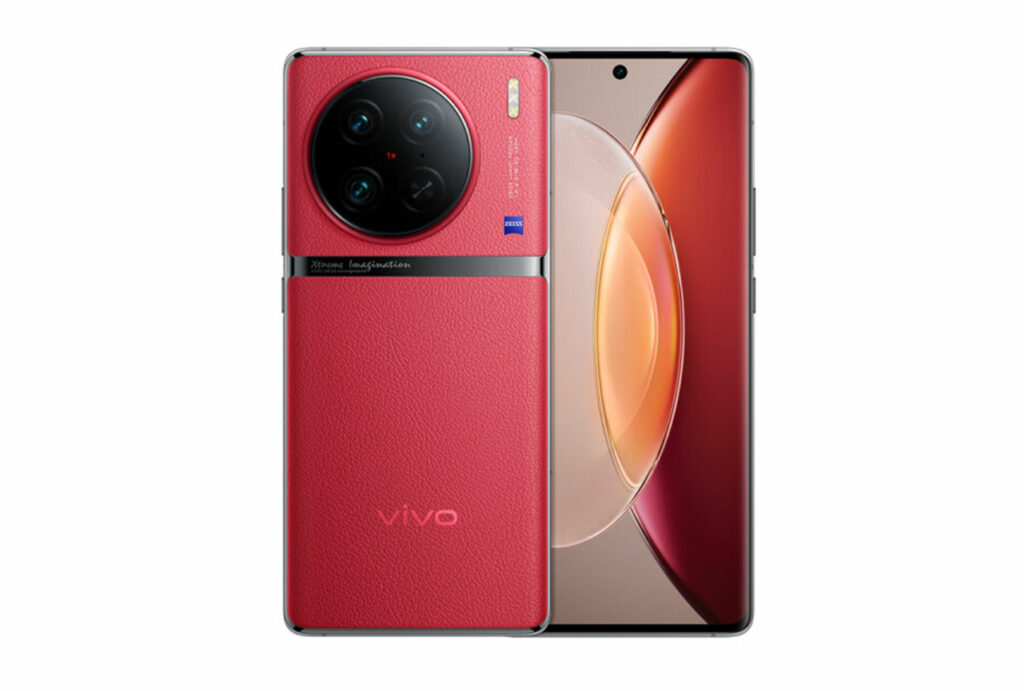
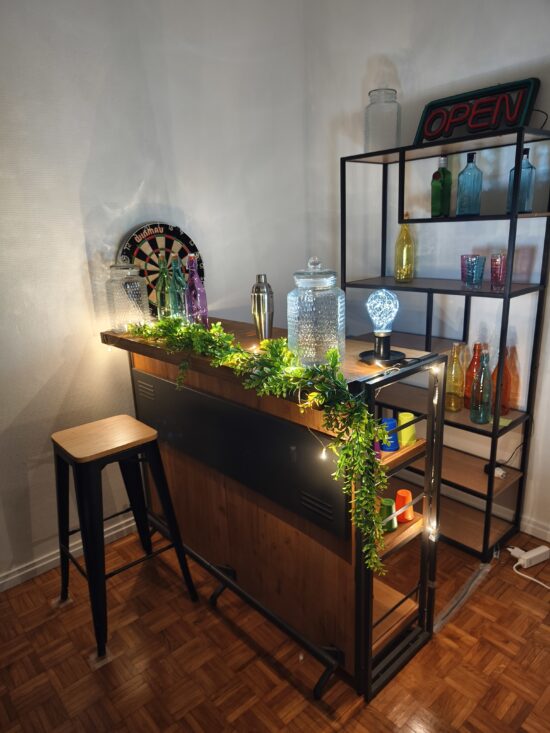
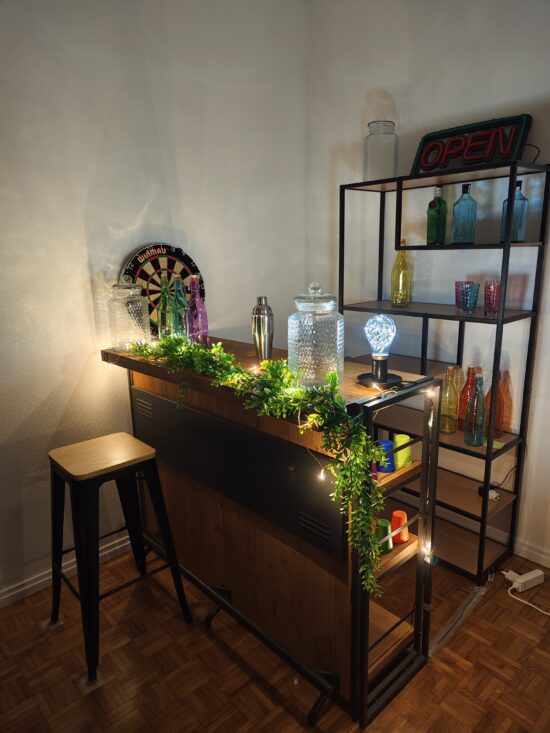
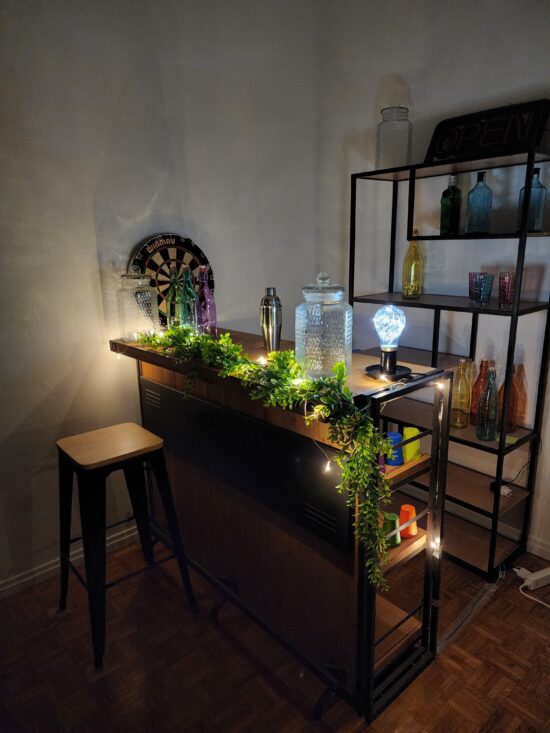



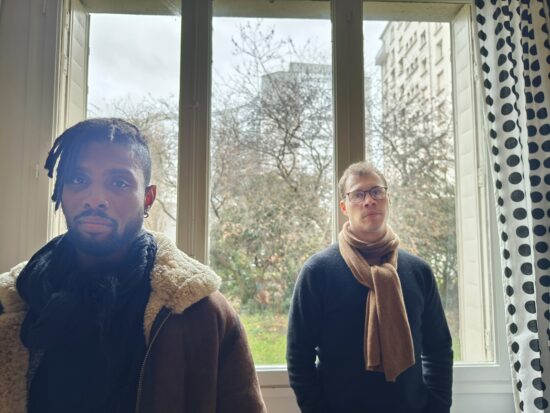

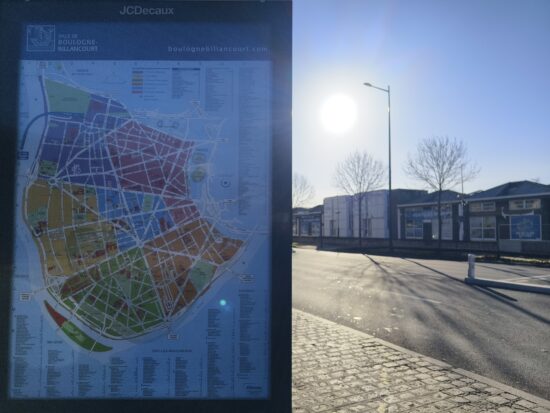
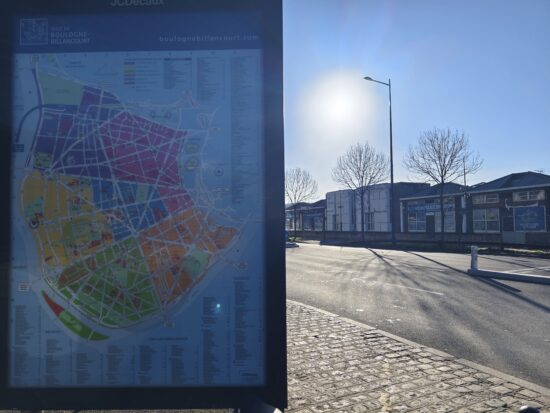
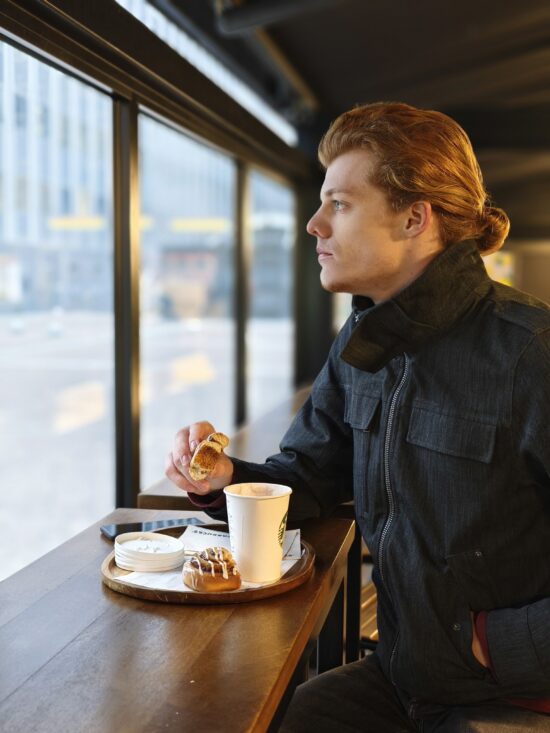
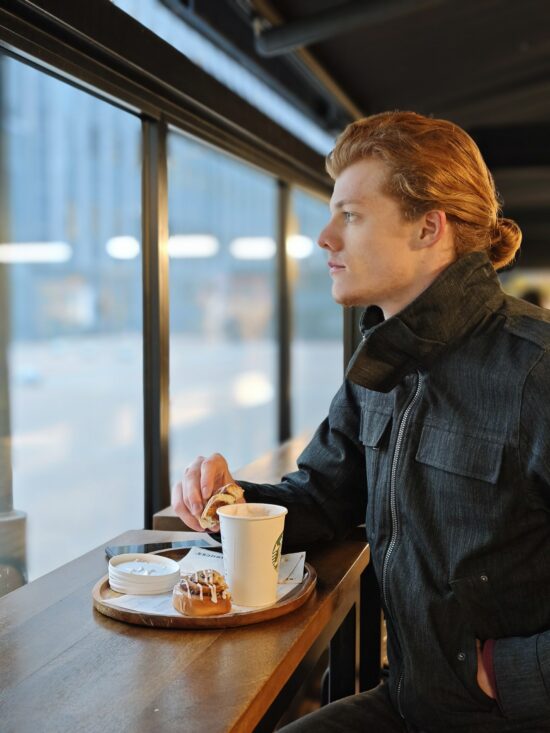
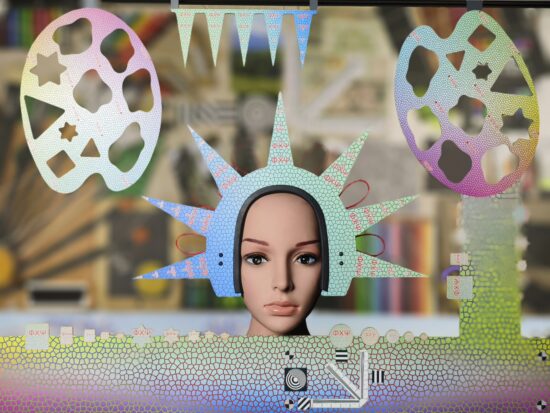
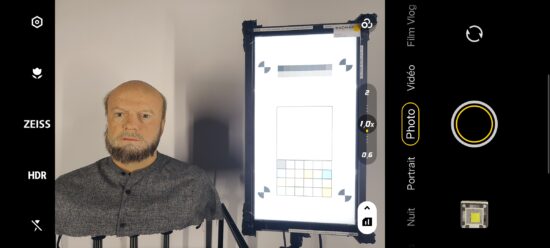
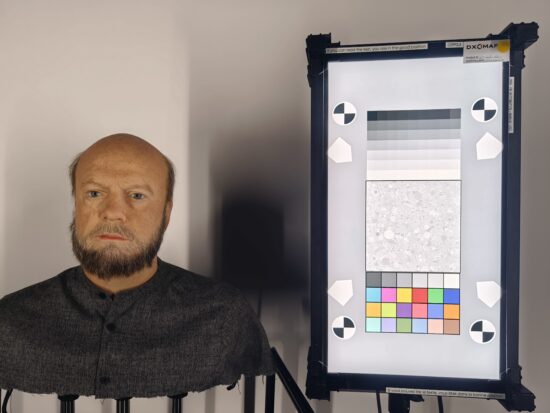
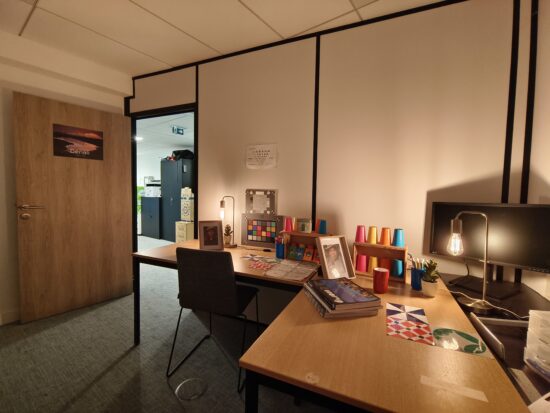
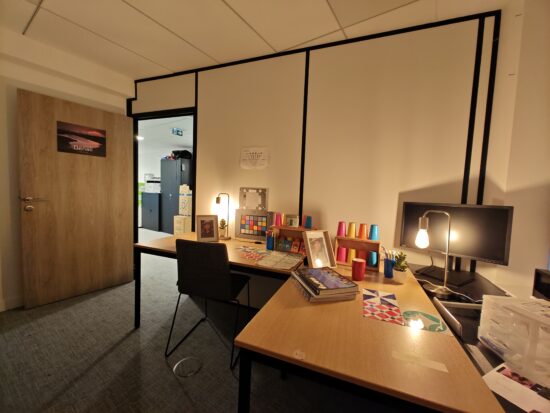
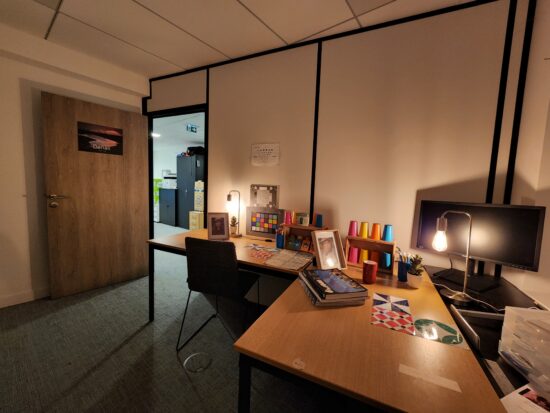

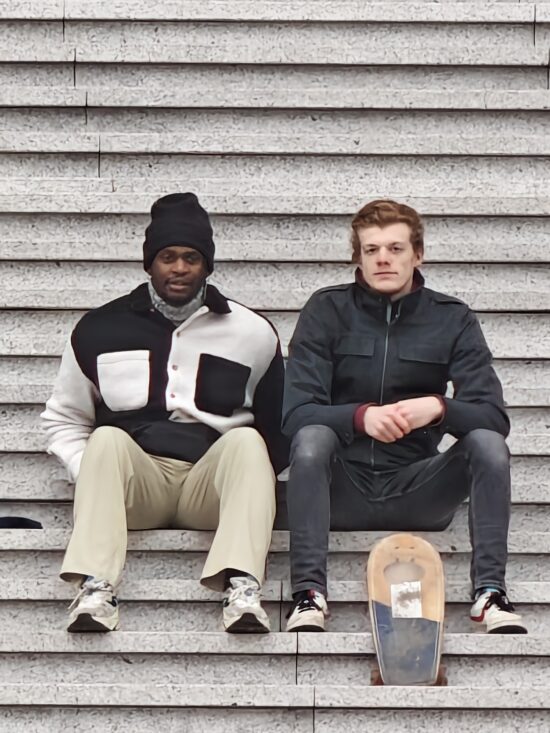
DXOMARK encourages its readers to share comments on the articles. To read or post comments, Disqus cookies are required. Change your Cookies Preferences and read more about our Comment Policy.